10 Amazing Examples of Ancient Construction That Will Make Your Jaw Drop
We are left awestruck every time we see an ancient construction, no matter what part of the world it may belong to. Such marvel...
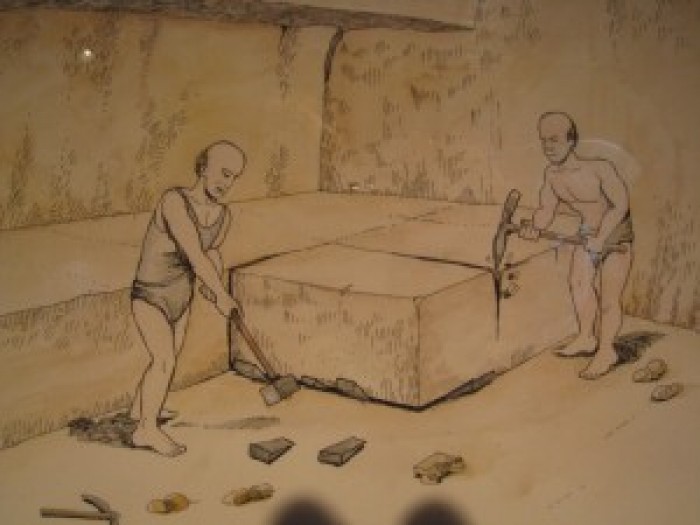
We are left awestruck every time we see an ancient construction, no matter what part of the world it may belong to. Such marvels are moreover deemed dispensable in the world’s cultural heritage.
From pyramids to temples and caves to statues, each marvel has an interesting tale to tell. These are mostly carved out of rocks with an immense craft and are adorned with precious stones and gems. It’s the diversity in culture and tradition that renders uniqueness to each of these ancient artworks.
Here's a closer look at the world’s jaw-droppingly beautiful marvels of ancient construction.
1. The Egyptian Pyramids or Great Pyramids of Giza
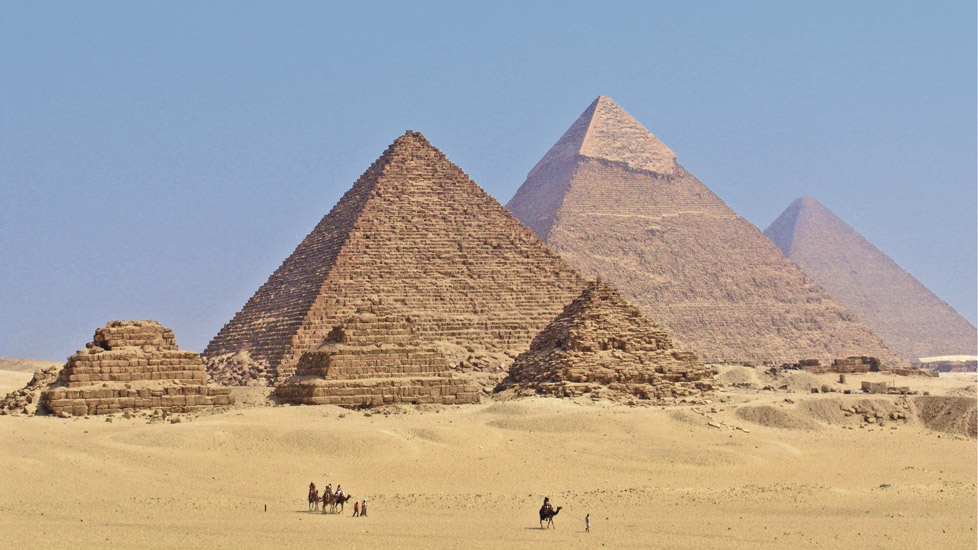
Considered as the world’s oldest and largest monumental structures, the Egyptian Pyramids are the one and ONLY ‘Seven Wonders of the Ancient World’ that still remain in existence.
Interestingly, the shape of pyramids symbolizes descending rays of the sun. No machinery was used in building these and nearly 40,000 people were involved in its construction.
Around 2.3 million limestone blocks were used for construction with each block weighing 2.5 tons on average. In the whole span of 20 years, 800 tons of blocks were installed each day and they must have placed 12 blocks each hour, day in and day out.
2. The Great Wall of China
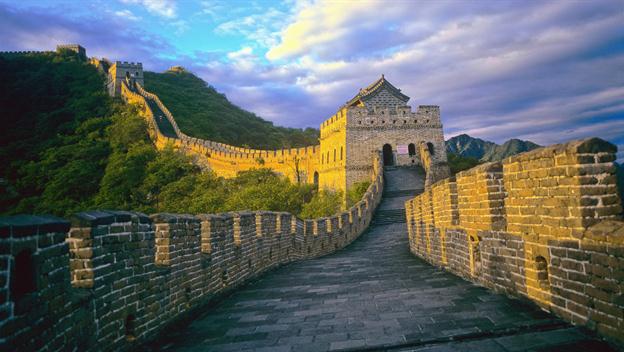
Built to protect from invasions coming through northern borders, the Chinese erected this wall more than 2000 years ago which stretches widely across 4000 miles (6400 km). Astoundingly, its construction that began in the 5th century BC continued till the 16th century.
A whopping number of 500,000 people and 300,000 soldiers began to give such a huge architecture the final finish. The wall is approximately 25 ft tall and 15-30 ft wide.
3. Taj Mahal at Agra
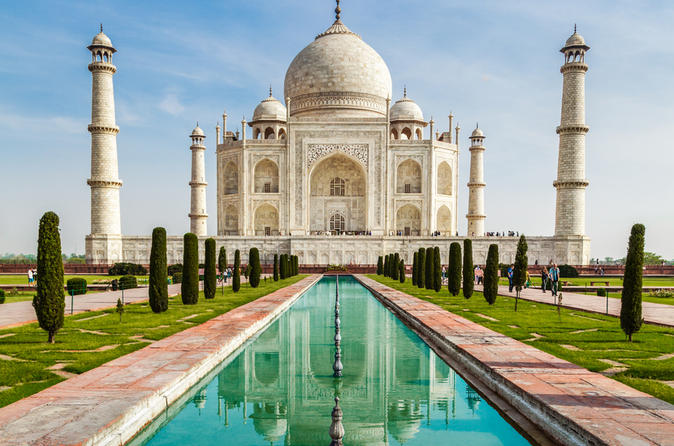
In 1983, it was regarded as the UNESCO World Heritage Site for being "the jewel of Muslim art in India and one of the universally admired masterpieces of the world's heritage.” Taj Mahal has also been recognized as the ‘Seven Wonders of the World’ from 2000-2007. The symmetrical construction and Quran verses that are written in beautiful calligraphy make it even more picturesque.
4. Leaning Tower of Pisa, Italy
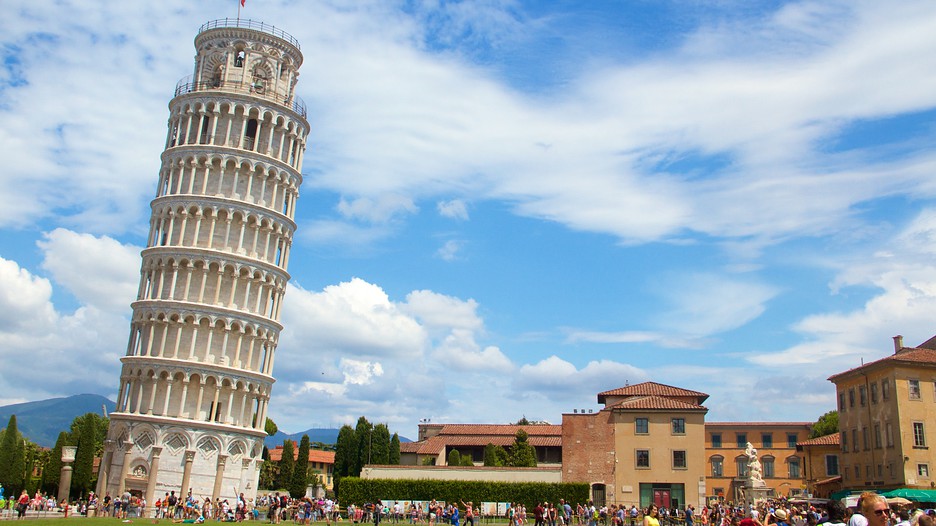
5. Leshan Giant Buddha at Sichuan, China
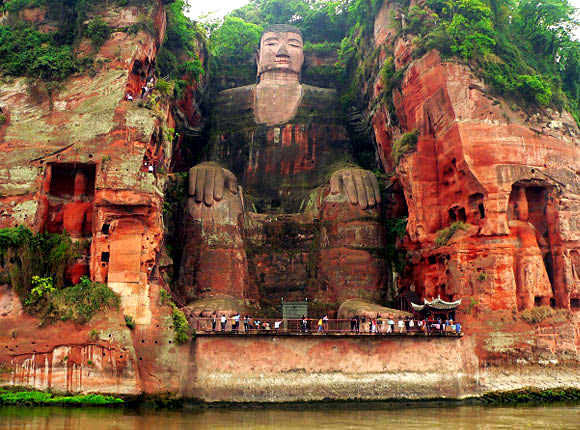
The 71-meters tall Leshan Giant Buddha is the largest Buddha sculpture in the world. It has been listed in the prestigious list of UNESCO World Heritage Site. Carved out of a cliff face, it shows a seated Buddha with hands seated on the knees.
This statue is so enormous that even the smallest toenail can easily seat a person and 7-meter wide ear can allow 2 people to be seated. The statue has shoulders are 28 m tall with a head 14.7 m tall and 10 m wide.
It faces the confluence of 3 rivers namely Minjang, Dadu, and Qingyi in Leshan in the Chinese province of Sichuan. A Chinese monk Haithong began the construction began in 713 with the hope to calm down the turbulent water. He even gouged out his eyes to get funding for the sculpture, thinking this would show his sincerity. The work came to a halt post his death and re-started 70 years later. It then got sponsored by a regional Governor. In 90 years of duration, the statue finally stood in 803.
Source= "Amazing Places on Our Planet"
6. Rani ki Vav (Queen's Stepwell) at Patan
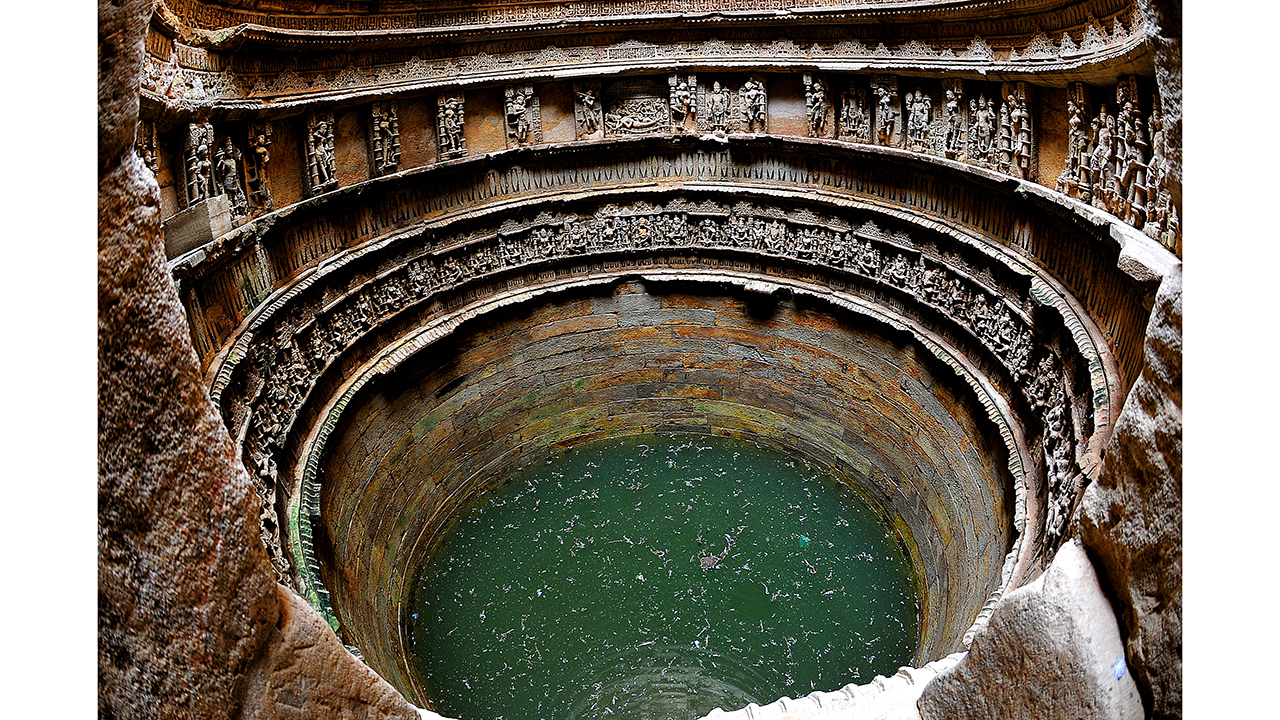
Rani-ki-Vav or Ran-ki Vav (Queen’s stepwell) was built during 1022-1063 AD and took around 4 decades to complete. Situated on the bank of river Saraswati in Patan, Gujarat, it is known worldwide for its exemplary water architecture in the Indian subcontinent.
It has notable technological achievements in water sourcing and structural stability. With the inverted temple design that emphasizes the sanctity of water, it has 7 levels of stairs with sculptural panels of high artistic quality. Over 500 principle sculptures and more than a thousand minor scriptures combine religious, mythological, and secular imagery to form literary artworks.
Source= "Historic Environment Scotland"
7. The Lighthouse of Alexandria, Island of Pharos, Alexandria, Egypt
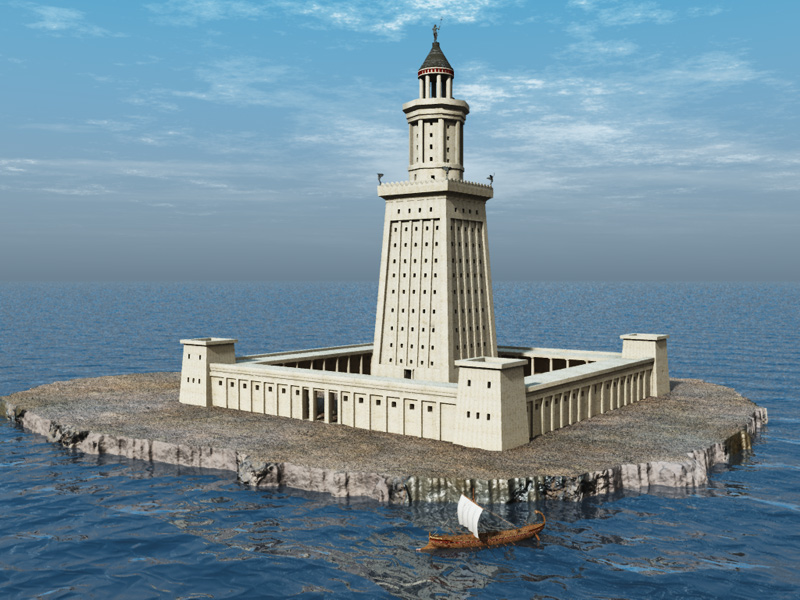
The Lighthouse of Alexandria acted as a guiding light for centuries to ensure sailors’ safe return to the Great Harbour. This architectural piece of elegance was brought into life in the early 3rd century BC by a ruler named Ptolemy I. Mounted at the top, the mirror is its most amazingly striking part that could reflect light as far as 35 miles off-shore.
Destroyed in 1303 due to an earthquake, it was also enlisted among ‘7 Wonders of Ancient World’. Its scale replica resides in the Window of the World Cultural Park in China.
Source= "TheUnMuseum"
8. Konark Sun Temple or Black Pagoda
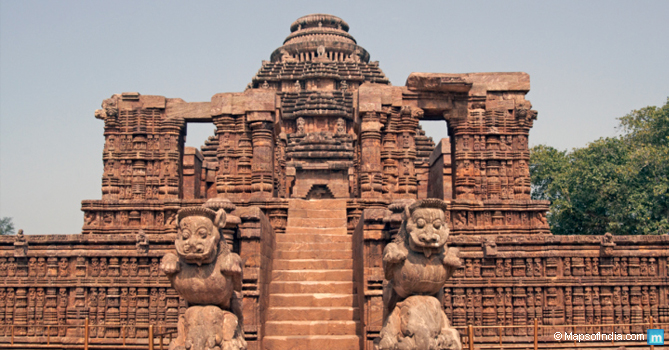
The 13th century old Sun temple was built by Narasimhadeva I, a king of the Eastern Ganga Dynasty. Interestingly, the temple was dedicated to the Sun god and derives its name from two words: Kona (corner or angle) and Ark (sun).
The famous poet Rabindranath Tagore aptly said,
“Here the language of stone surpasses the language of human”.
The temple is beautifully designed in the shape of a gigantic chariot of Sun god ‘Surya’, with intricately carved stone wheels, pillars, and walls. It is strategically oriented towards the east so that the first rays at the time of sunrise reach the principal entrance. The wheels are sundials that accurately calculate the time every minute of the day.
The temple was given the status of World Heritage Site by UNESCO in 1984 and has also featured in different lists of ‘Seven Wonders of India’.
9. Machu Picchu, Peru
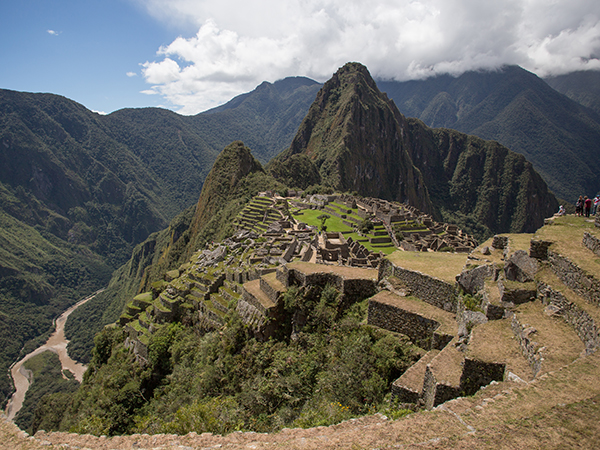
Built in 15th-century, Machu Picchu in Peru is a citadel positioned on a mountain ridge that is 7,970 ft above sea level. It was regarded as a ‘Peruvian Historical Sanctuary’ in 1981, ‘New 7 Wonders of the World’ in 2007, and UNESCO World Heritage Site in 1981.
It was a classic creation of the Inca empire, having polished dry-stone walls, terraces, and ramps. Its 3 primary structures include Inti Watana, Temple of the Sun, and Room of the Three Windows.
10. Rome Colosseum or Flavian Amphitheater
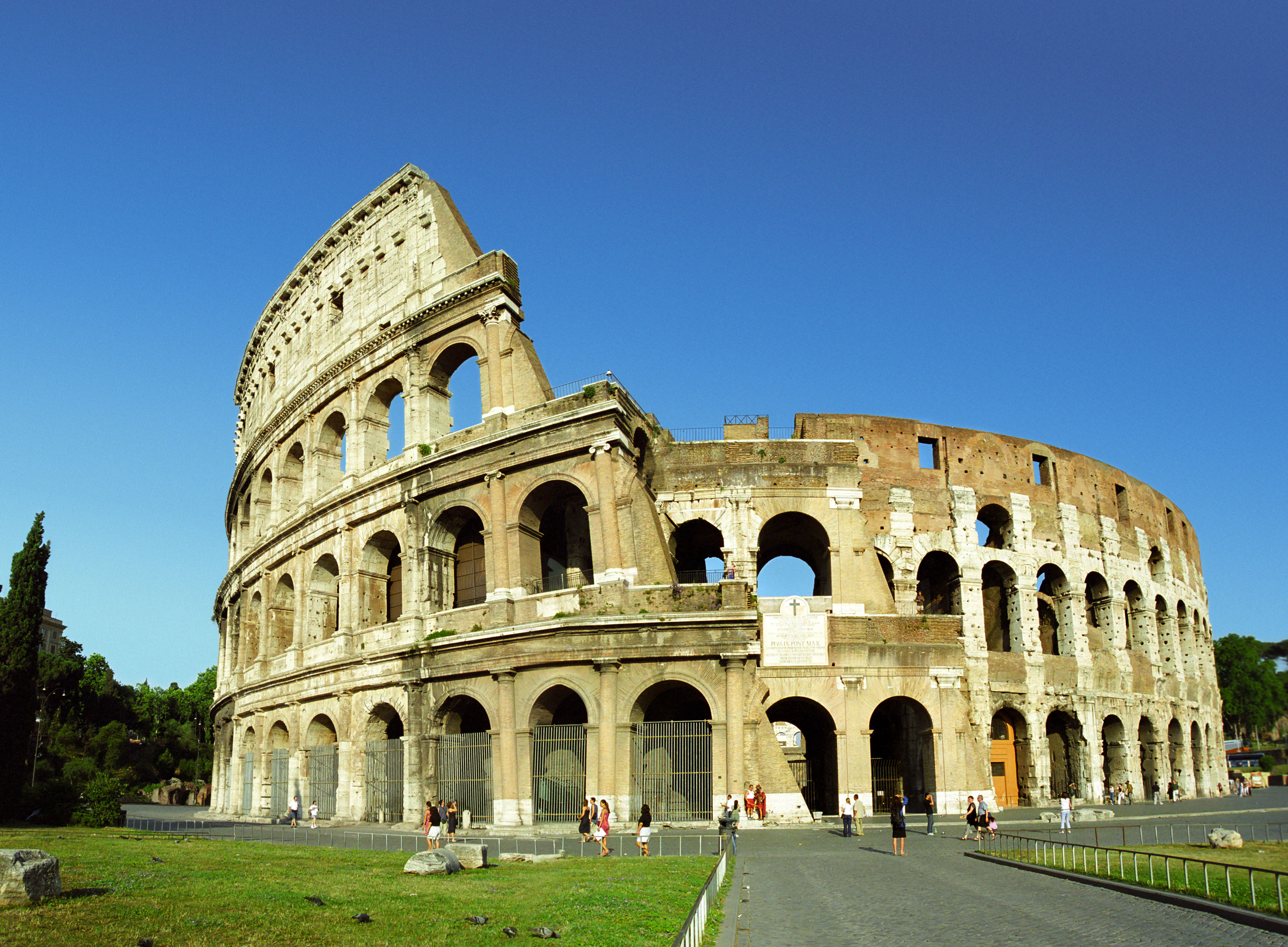
Flavian Amphitheatre, popularly known as Colosseum, is situated in the heart of Rome. It is the largest amphitheater built to date. It was constructed during 72-80 AD and went through further modifications during 81-96 AD.
The Colosseum had a huge capacity of around 50-80 thousand spectators. For a brief time duration, it was used for gladiatorial contests and public spectacles such as mock sea battles, animal hunts, re-enactments of famous battles, dramas based on Classical mythology.
Popular Posts
Top 10 Sharpest & Deadliest Swords In History
In classic mythological movies, books and television, we’ve seen those audacious sword-wielding heroes smiting the enemi...
Augustus Perez
List of Water Deities from Different Mythologies
Water deities are the gods and goddesses who had the powers to control the elements of water and ruled over all the fresh and saltwater of the earth. Here’s a list of water deities from different mythologies.
Rishika Gupta
Winged Lion: The Terrifying Mythical Creature In Different Mythologies
A mythological creature, a winged lion dates back to ancient times. This flying lion-like creature has origins in Heraldry, Christianity, Mesopotamian, and Greek mythologies.
Ethan Stephans








